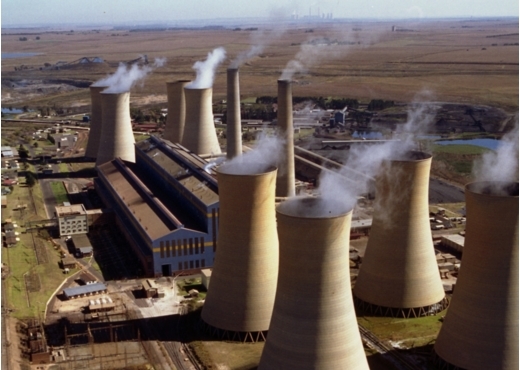Eskom says it expects to introduce much less load shedding this winter, compared to last year.
This, according to the power supplier, is thanks to the operational recovery plan and Eskom’s investment in planned maintenance during the summer months.
Eskom said on Friday afternoon that load shedding should be limited to phase 2, with a reduction in unplanned power outages. This will apparently be limited to a minimum of between 14,000 MW and 15,500 MW, with a maximum of 17,000 MW which will not be available in exceptional cases. If the latter is indeed the case, phase 5 load shedding will be introduced.
“This forecast is much better than the minimum unplanned outages (between 15,000 MW and 16,500 MW) predicted for last winter.” Then South Africa experienced 153 days of load shedding, which varied between phases 3, 5 and 6.
“In the following summer months, Eskom was at least able to limit the unplanned interruptions to between 14,000 MW and 15,500 MW, with the result that load shedding was implemented between phases 2 and 4. We hope to continue this trend this winter and, if necessary, introduce phase 2 at most.”
According to Eskom, the operational recovery plan has already resulted in a number of achievements, including a 9% decrease in unplanned outages between March last year and April this year. Three of Kusile’s units were also brought back into service after being taken out of the system in October 2022 and Kusile’s unit five was also added to the system for the first time. This, Eskom says, added 3,200 MW of additional power to the system between September and December.
Eskom has come under heavy criticism in recent weeks for using state resources to purchase additional diesel so that load shedding can be avoided in the weeks before the election. Dr. However, Electricity Minister Kgosientsho Ramokgopa denied these allegations during a media conference this week and said that reduced load shedding is the direct result of progress that Eskom is making in solving the power problem.
Eskom will also make use of its open-cycle gas turbines during the winter, when demand for power inevitably increases. It is precisely these turbines that eat diesel. “The system operator is committed to using the gas turbines for the shortest possible time, especially as our coal-fired units become more reliable,” Eskom said on Friday. “Compared to April last year, Eskom spent 50% less on diesel this month.”








